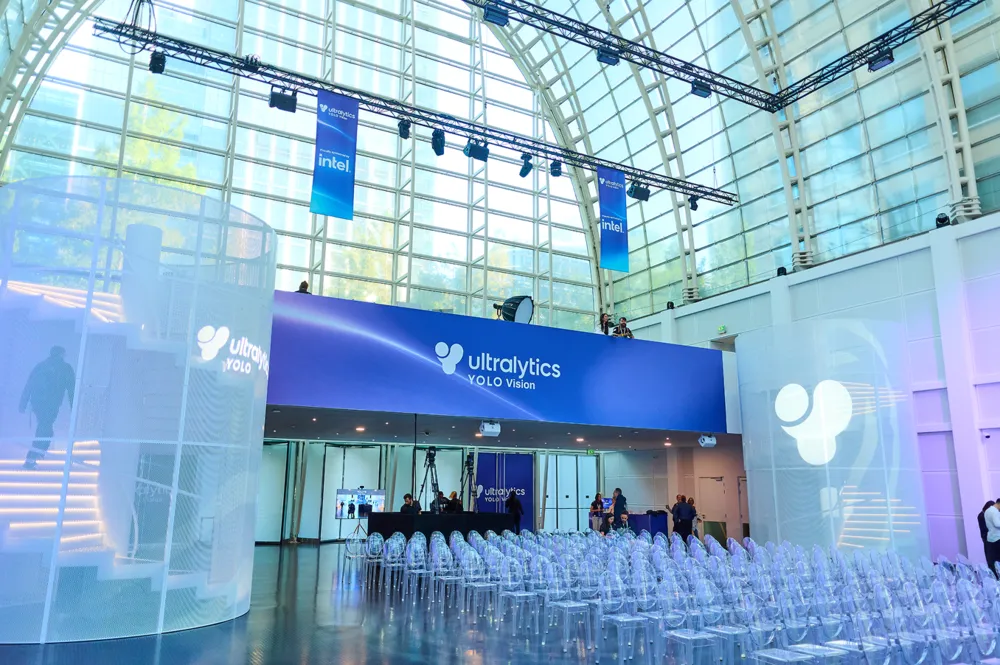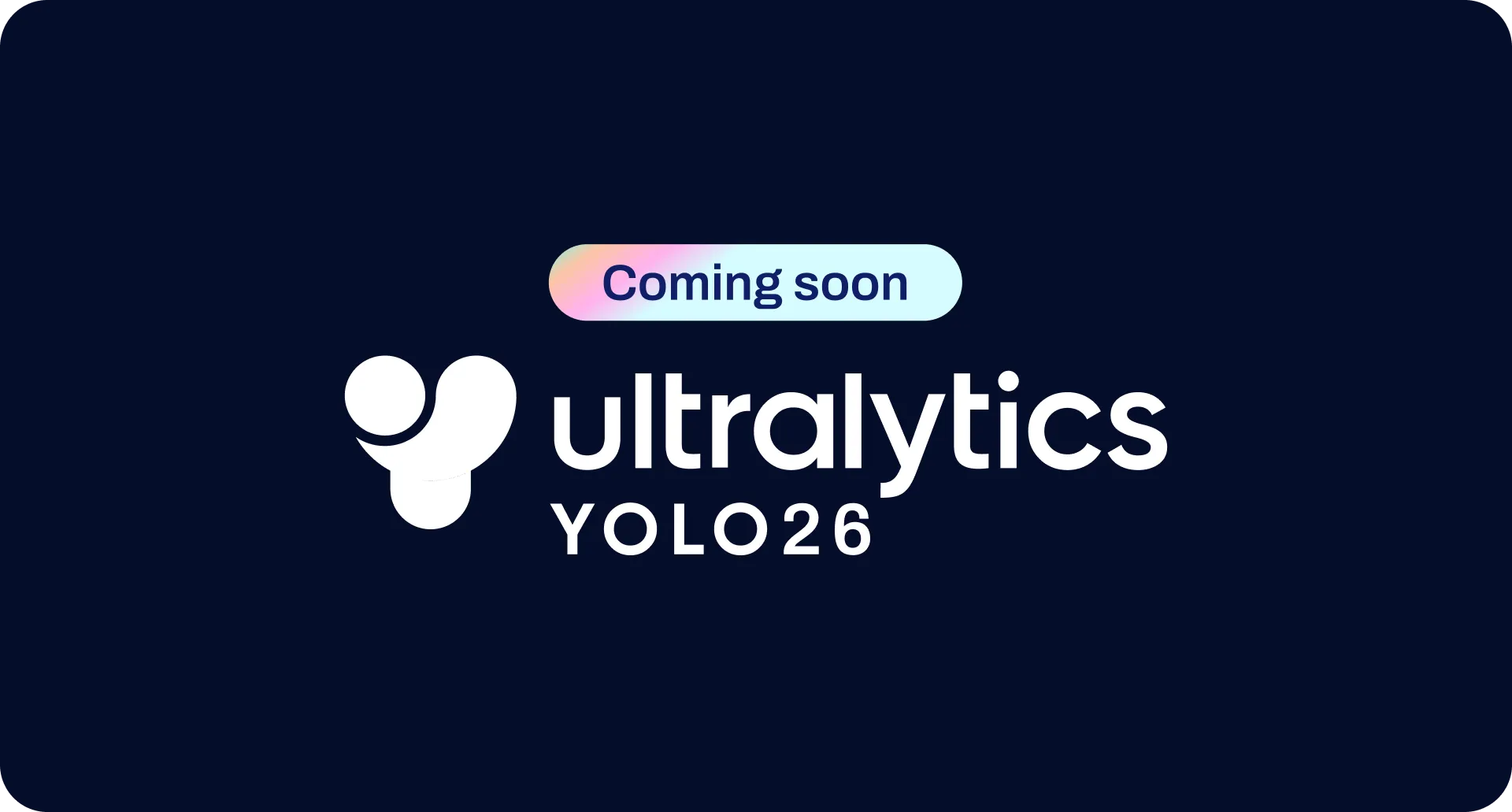Benchmark Dataset
Discover how benchmark datasets drive AI innovation by enabling fair model evaluation, reproducibility, and progress in machine learning.
A benchmark dataset is a standardized, high-quality dataset used in machine learning (ML) to evaluate and compare the performance of different algorithms and models in a fair, reproducible manner. These datasets are carefully curated and widely accepted by the research community, serving as a common ground for measuring progress in specific tasks like object detection or image classification. By testing models against the same data and evaluation metrics, researchers and developers can objectively determine which approaches are more effective, faster, or more efficient. The use of benchmarks is fundamental to advancing the state of the art in artificial intelligence (AI).
The Importance of Benchmarking
In the rapidly evolving field of computer vision (CV), benchmark datasets are indispensable. They provide a stable baseline for assessing model improvements and innovations. Without them, it would be difficult to know if a new model architecture or training technique truly represents an advancement or if its performance is simply due to being tested on a different, potentially easier, dataset. Public leaderboards, often associated with challenges like the ImageNet Large Scale Visual Recognition Challenge (ILSVRC), use these datasets to foster healthy competition and transparently track progress. This process encourages the development of more robust and generalizable models, which is crucial for real-world model deployment.
Real-World Examples
- Comparing Object Detection Models: When Ultralytics develops a new model like YOLO11, its performance is rigorously tested on standard benchmark datasets such as COCO. The results, measured by metrics like mean Average Precision (mAP), are compared against previous versions (YOLOv8, YOLOv10) and other state-of-the-art models. These model comparisons help users choose the best model for their needs. Platforms like Ultralytics HUB allow users to train models and benchmark them on custom data.
- Advancing Autonomous Driving: Companies developing technology for autonomous vehicles rely heavily on benchmarks like Argoverse or nuScenes. These datasets contain complex urban driving scenarios with detailed annotations for cars, pedestrians, and cyclists. By evaluating their perception models on these benchmarks, companies can measure improvements in detection accuracy, tracking reliability, and overall system robustness, which is critical for ensuring safety in AI for self-driving cars.
Benchmark vs. Other Datasets
It's important to distinguish benchmark datasets from other data splits used in the ML lifecycle:
- Training Data: Used to teach the model by adjusting its parameters based on input examples and their corresponding labels. This is typically the largest portion of the data. Techniques like data augmentation are often applied here.
- Validation Data: Used during training to tune model hyperparameters (like learning rate or architecture choices) and provide an unbiased estimate of model skill. It helps prevent overfitting to the training data.
- Test Data: Used after the model is fully trained to provide a final, unbiased evaluation of its performance on unseen data.
While a benchmark dataset often serves as a standardized test set, its primary purpose is broader: to provide a common standard for comparison across the entire research community. Many benchmark datasets are listed and tracked on platforms like Papers with Code, which hosts leaderboards for various ML tasks. Other notable datasets include Open Images V7 from Google and the Pascal VOC challenge. Access to such high-quality computer vision datasets is essential for anyone building reliable AI systems.








